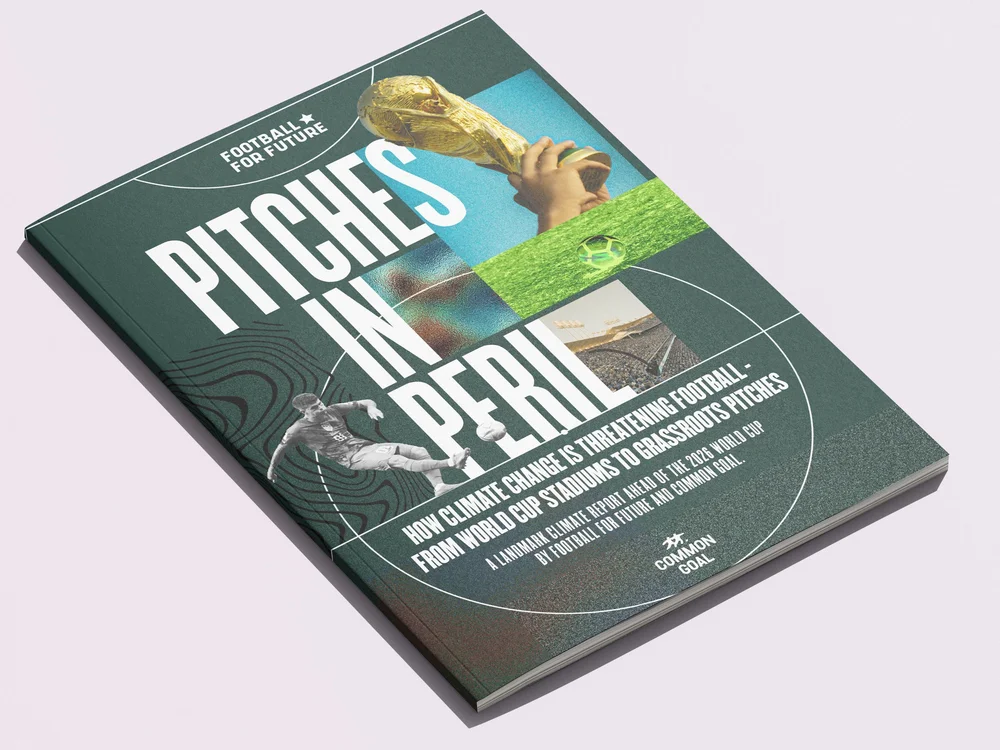Last week marked the release of Pitches in Peril, a landmark report produced by Football for Future, Common Goal and climate analytics leaders Jupiter Intelligence. I was fortunate to play a strategic advisory role working alongside some incredibly talented climate experts like Elliot, Jeremy, Aisha, Callum, Rory and too many more to mention individually.
It was the ideal opportunity to combine my big-agency background with my new mission, harnessing the cultural power of sport to tackle the defining issues of our time. The findings of the report are stark and impossible to ignore:
- Ten of the sixteen stadiums set to host the FIFA World Cup in North America next summer already breach safe-play limits due to extreme heat
- Climate scientists warn that without significant adaptation, the 2026 World Cup could be the last of its kind in the region
- By 2050, nearly 90% of these stadiums will need structural and operational changes just to cope with extreme temperatures
- Every grassroots pitch analysed in the study has already passed unplayability thresholds for multiple hazards
The risks extend far beyond elite venues. Grassroots football, the foundation of our sport, is under even greater threat. Climate change has already stolen more than 85 safe playing days a year since 1994 across legendary community pitches. If today’s children cannot play where yesterday’s heroes began, then the very pathway to the professional game is endangered.
Closer to home, the report shone a spotlight on Ridgeway Rovers, the East London grassroots club where both David Beckham and Harry Kane first laced up their boots. The pitch now faces breached storm barriers, structural risks and increasing vulnerability to high winds and extreme rainfall. Storm flooding is no longer a distant possibility, it is a present-day challenge already disrupting training schedules and threatening infrastructure.
Globally, the injustice of the crisis becomes even clearer. In the Global South, where historic emissions are lowest but resources to adapt are most limited, pitches face seven times more unplayable heat days than in the Global North. Football is a truly global game, but its grassroots are not equally resilient. The climate crisis is amplifying inequality, and the places where football often means the most are also where it is most at risk.
What stood out most to me in this campaign was how powerfully sport’s voice can cut through. With contributions from World Cup winner Juan Mata, USMNT international Mark McKenzie and German international Serge Gnabry, Pitches in Peril combined credible science with the authentic voices of footballers who care deeply about the game’s future. This marriage of data and storytelling is where impact happens.
For me, this project was a reminder of why I prioritised profit over purpose and share price over sustainability. The skills honed across two decades of building campaigns for global brands are now being channelled into something that feels more urgent, more necessary and ultimately more fulfilling. Sport may be threatened by climate change, but it can also be one of the most potent catalysts for action.
Football has always been more than a game, it’s a global community, a cultural language, and a source of hope. If we want to protect its future, we need to listen to the warnings in Pitches in Peril and act now.



